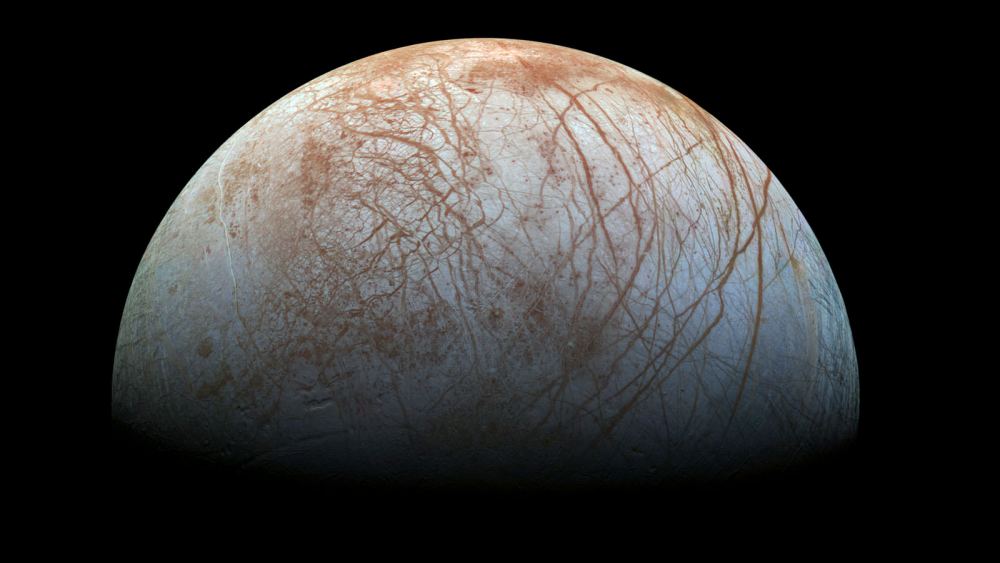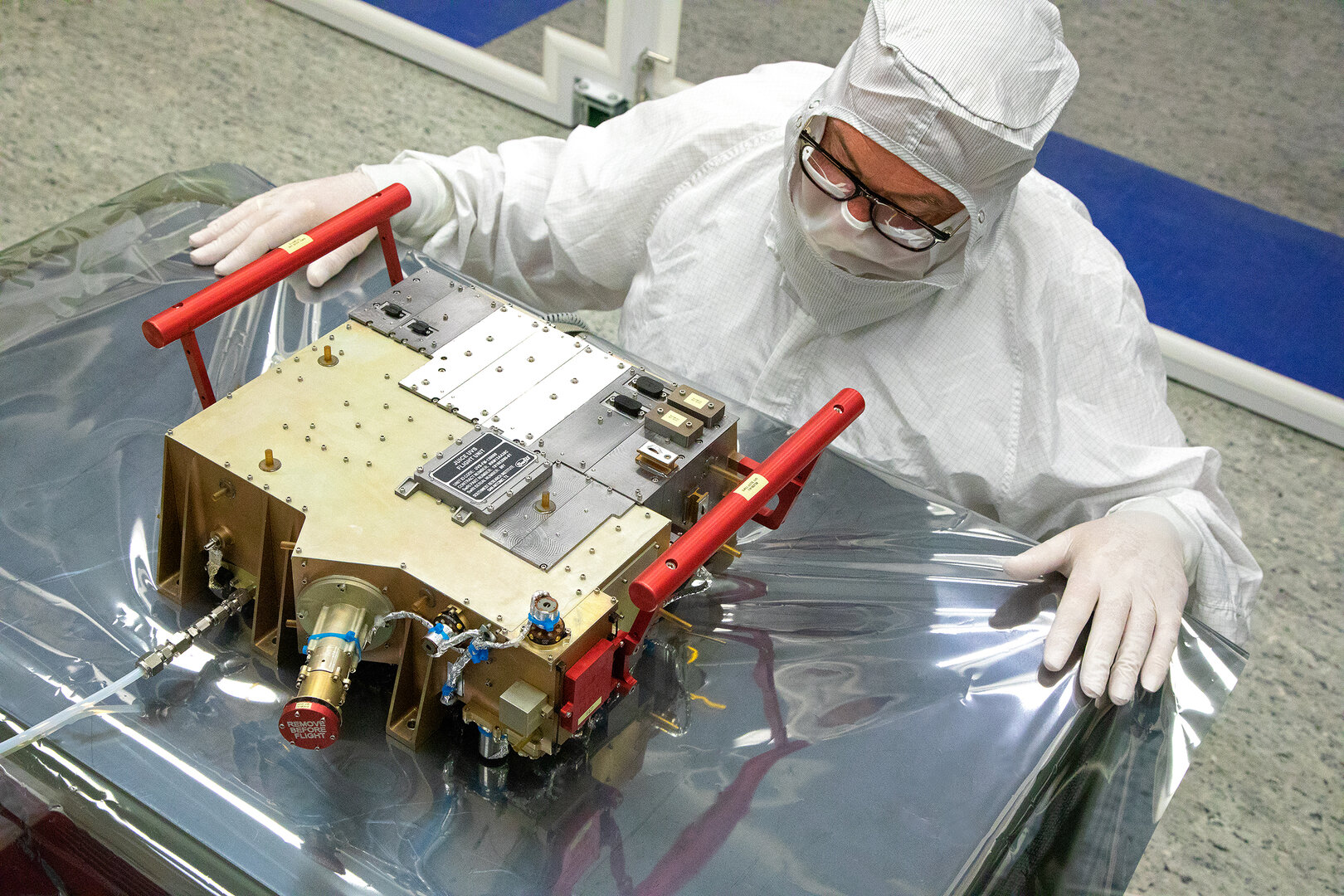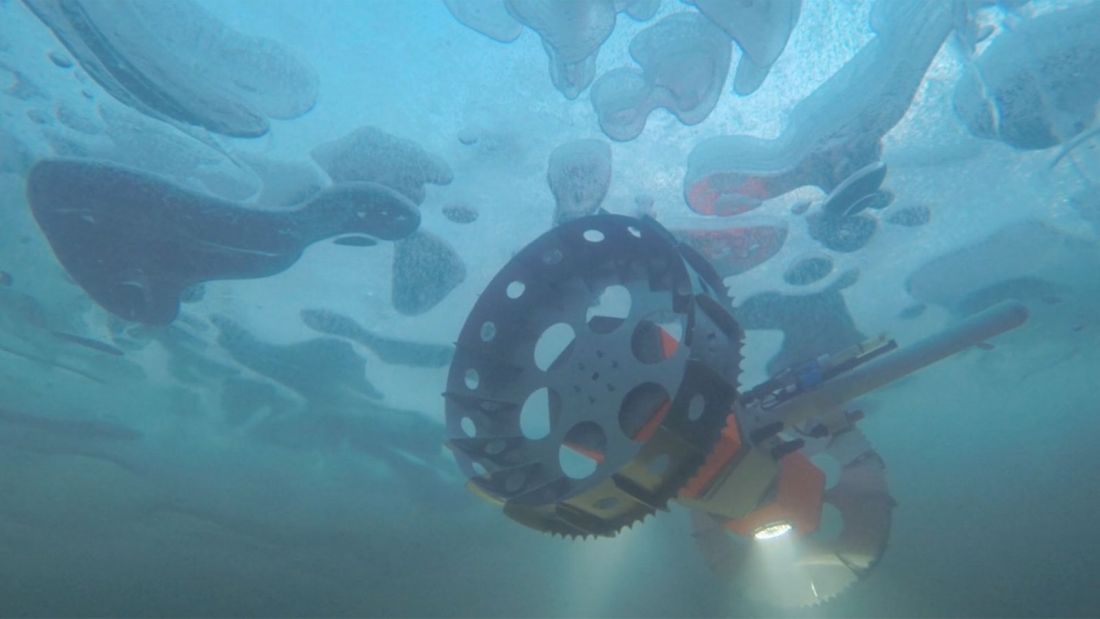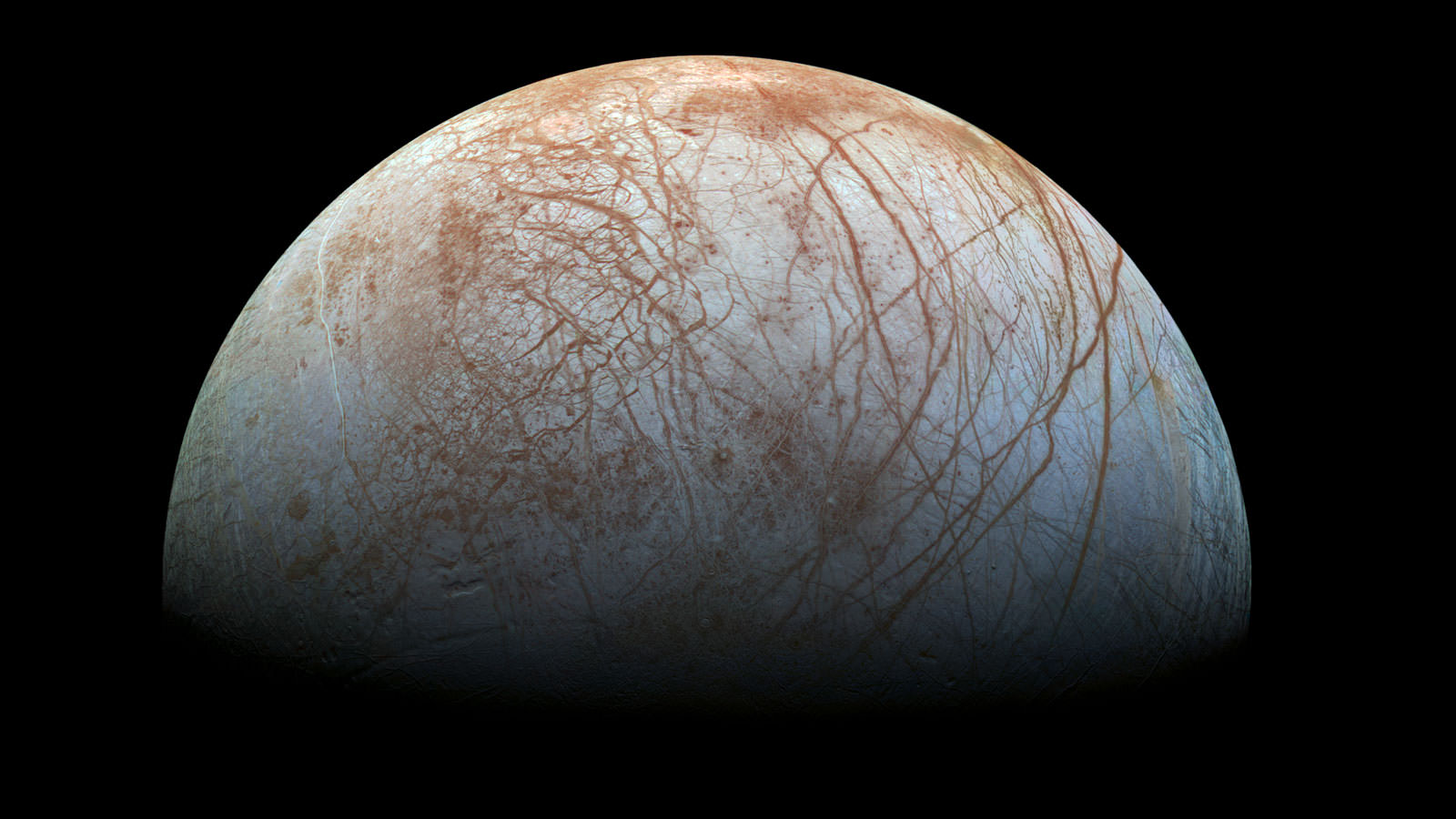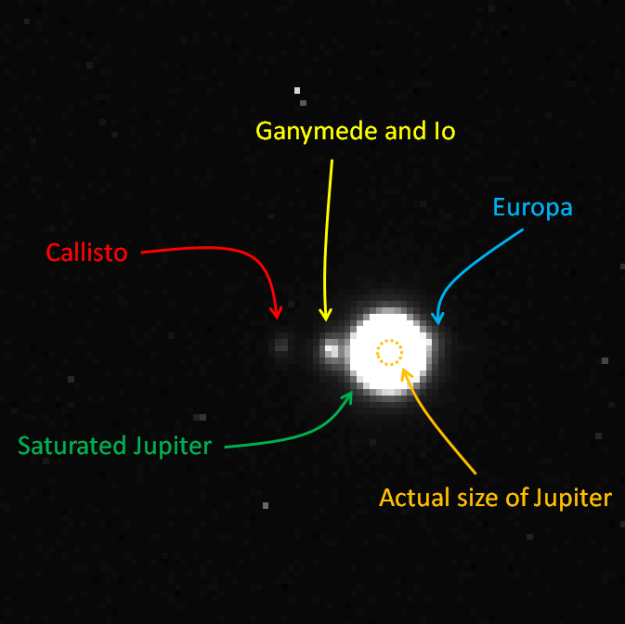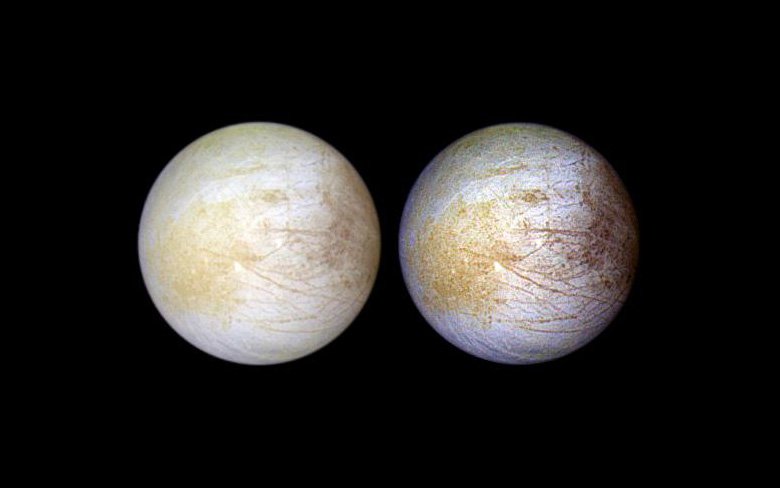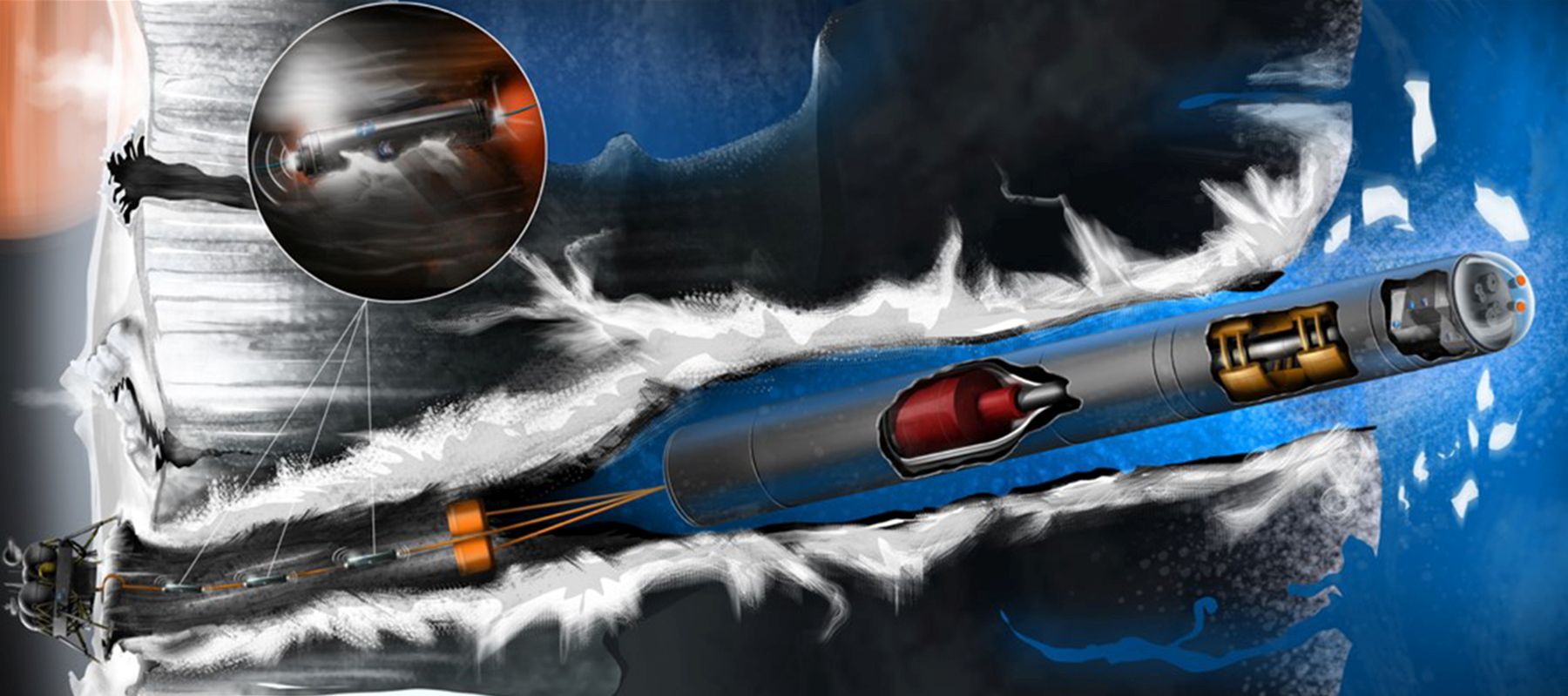Earlier this week, we shared some stunning, newly reprocessed images of Europa from NASA’s Galileo spacecraft, which visited Jupiter and its moons from December 1995 to September 2003. Now, as scientists continue to revisit Galileo’s data, even more details are coming into focus about Jupiter’s enticing moon. Not only is there evidence within the past few years of geysers shooting from Europa’s surface, twenty years ago, Galileo may have also witnessed a cryovolcanic eruptions — or plumes of water — spewing from the icy moon.
Continue reading “Even More Evidence that Europa has Geysers”Even More Evidence that Europa has Geysers
